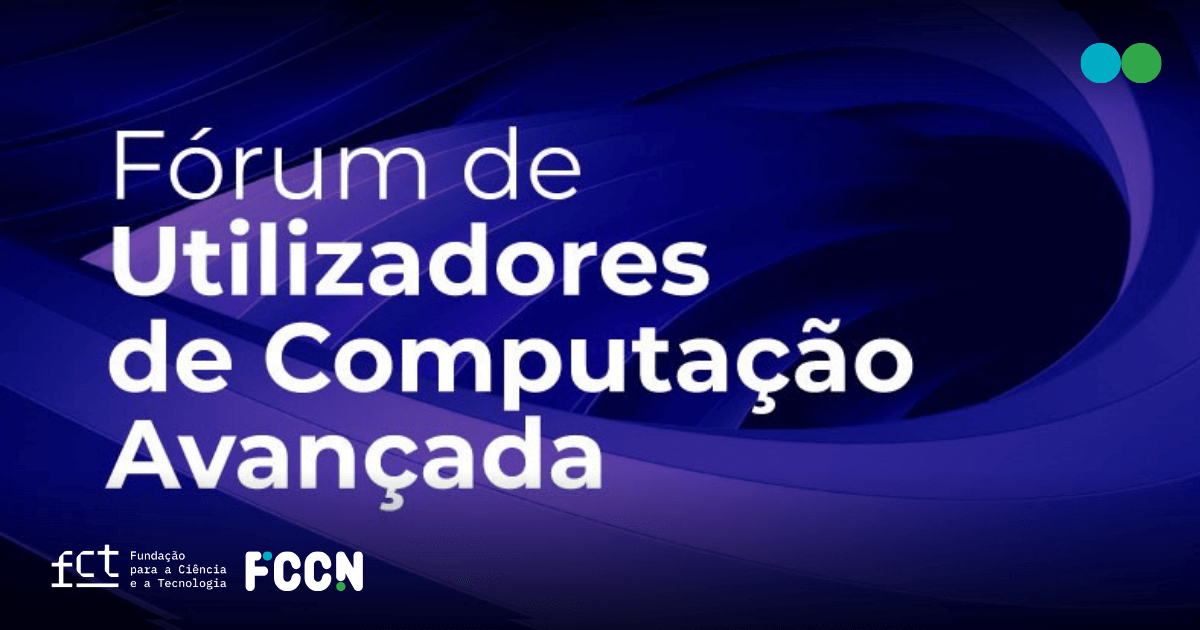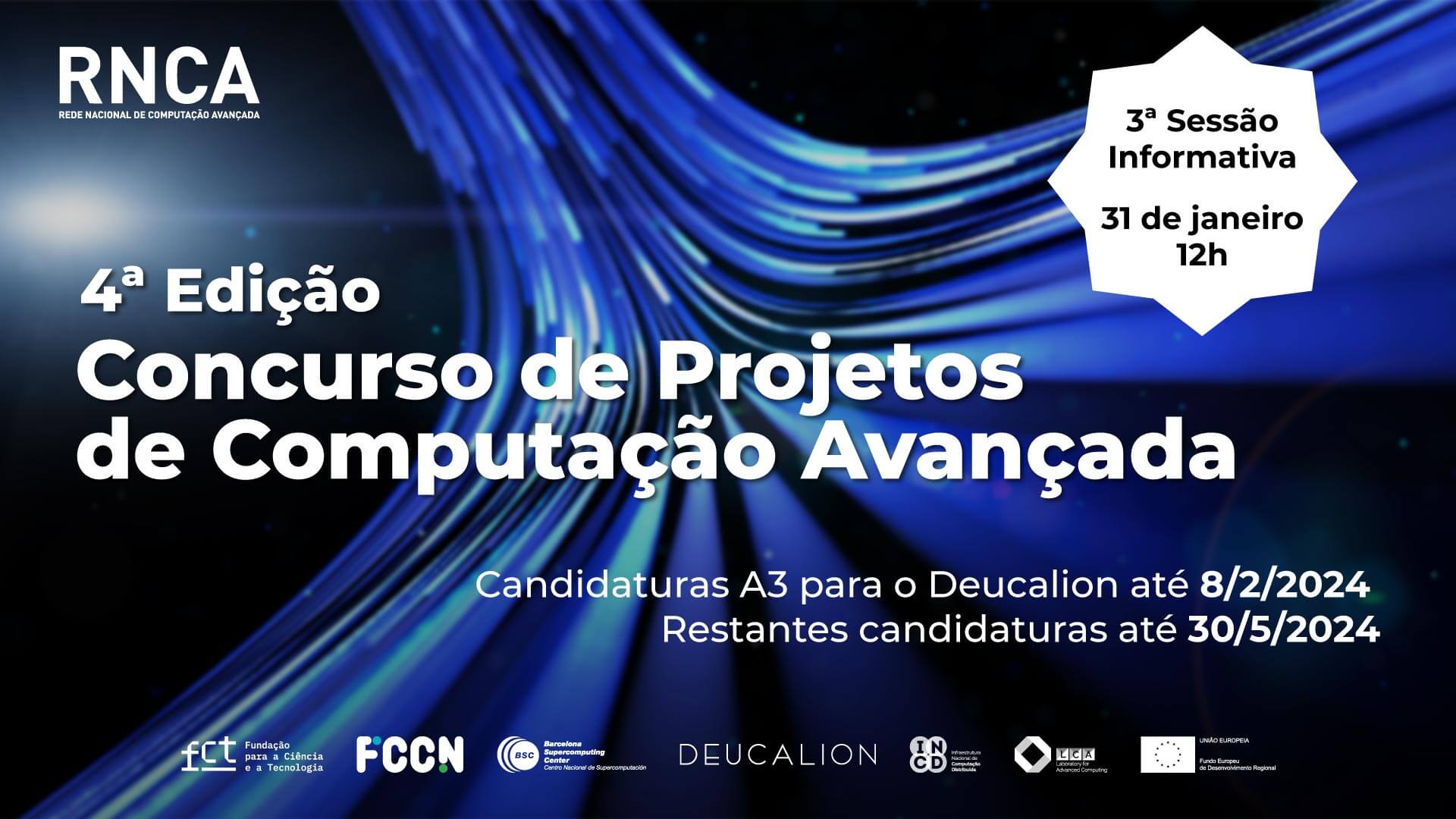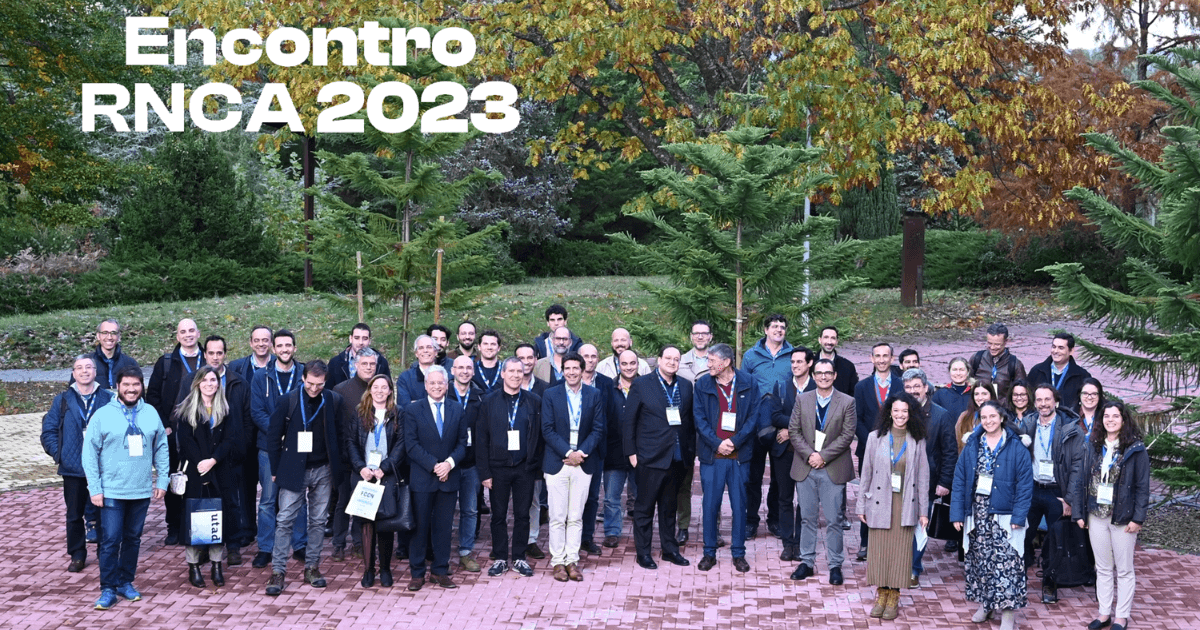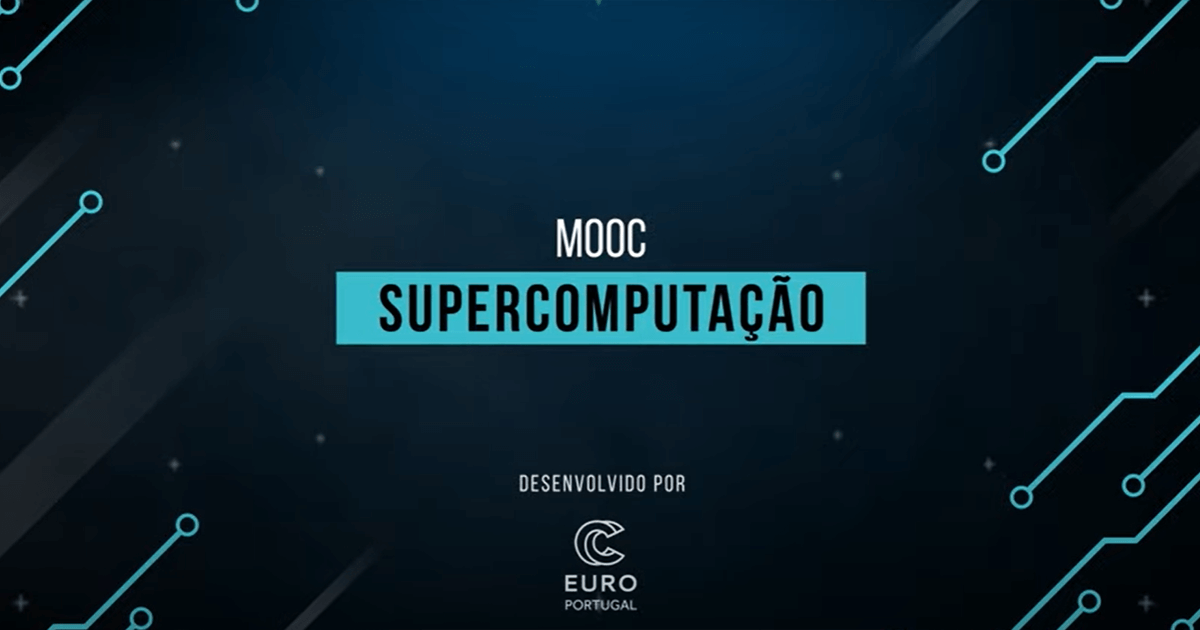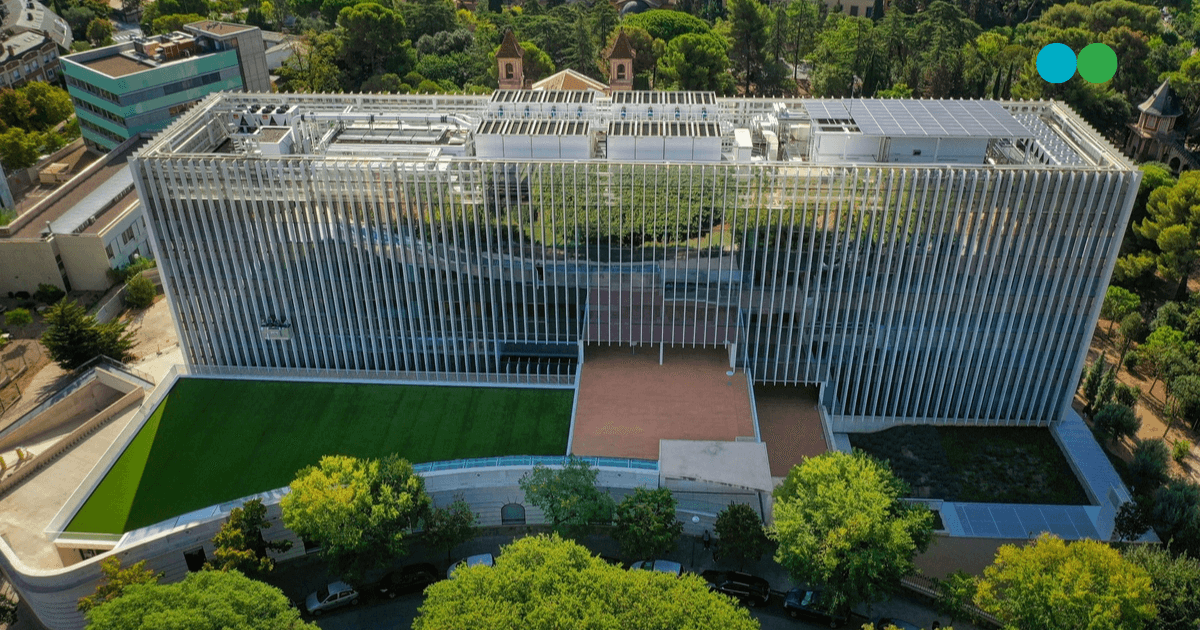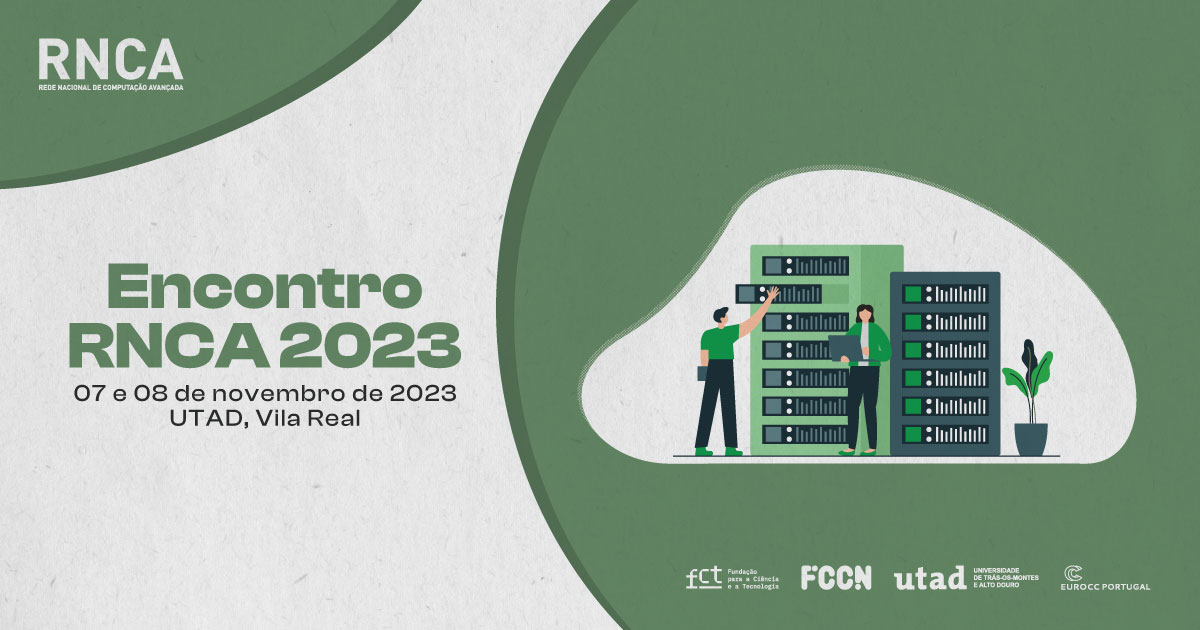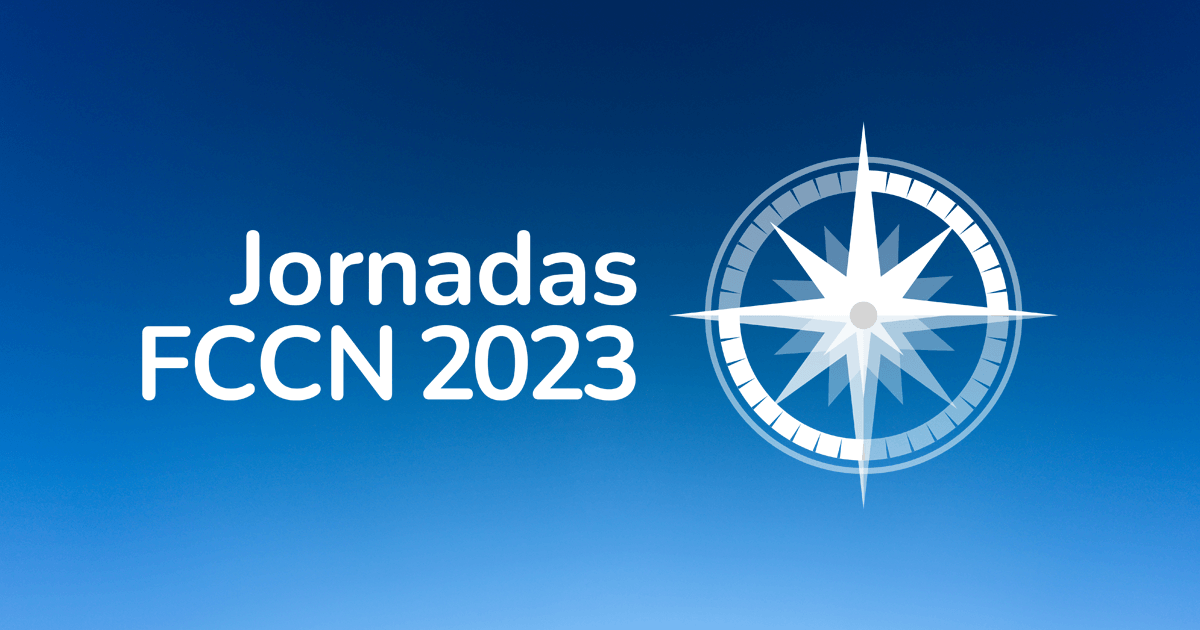Carlos Manuel Pereira, Member of the Board of Directors of the Portuguese Institute for Sport and Youth (IPDJ), explains the benefits of joining the OCRE framework agreement: "We believe that the partnership between FCCN and the IPDJ is a good illustration of the benefits that can be derived from collaborative work between public bodies, with a view to improving the service provided to citizens."
How did the opportunity arise for IPDJ to use the OCRE framework agreement solutions?
Accession to the OCRE framework agreement resulted from a consultation carried out by the General Secretariat of the Presidency of the Council of Ministers on the occasion of the establishment of the framework agreement under GEANT.
Having Portuguese Institute of Sport and Youth aware of the need to modernize its technological infrastructure and that the trend was towards adopting public cloud solutions, we saw it from the outset as an option with a lot of potential compared to alternative scenarios, such as upgrading the data center we had on our premises.
We had the clear perception that we should opt for a cloud solution and that joining a centralized purchasing procedure such as OCRE, which has a European dimension and is accompanied by specialists with great technological competence, such as the team at FCCN, could help us along this challenging path.
What importance do you attach to this possibility?
Joining the OCRE framework agreement was crucial to the achievement of IPDJ's digital transformation project in terms of implementation time, quality and overall cost. First of all, the improvement of the communications infrastructure resulted in a high traffic speed, essential to the migration phase of the infrastructure to the cloud and which allows about 400 workers, spread over 25 different locations in the country, to access the applications and communicate effectively and quickly. It also allowed us to access a set of very useful applications such as Colibri, Educast, b-on, the NAU Platform, Filesender, eduroam and RCTS Certificates.
What is the effective difference these solutions have made in IPDJ's work?
With the mission of executing public policies on sports and youth, a large part of IPDJ's target audience is part of higher education, whether as students, teachers or researchers, so we consider determinant the availability of integrated digital services, safe and able to evolve in the face of accelerated and constant innovation that we are witnessing in the field of information and communication technologies.
Currently, we feel that the IPDJ, with the impetus of FCCN, has made a great technological leap and is at a level of excellence in the context of Public Administration.
How do you assess the role played by FCCN in this process?
From the outset, FCCN took the stance of a Public Administration entity at the forefront of information and communication technologies, willing to share its resources with other bodies and with the capacity to pass on knowledge and high-quality solutions in the national and international context. It's important to note that, in addition to technological solutions, FCCN has always been very open to providing technical support to IPDJ employees throughout the digital transformation process.
Is there anything you'd like to add?
We believe that the partnership between FCCN and IPDJ is a good illustration of the benefits that can be derived from collaborative work between public bodies, with a view to improving the service provided to citizens, accelerating innovation and rationalizing the use of public resources, providing high quality services at a lower cost. We hope that our experience and activity can also contribute to the success of FCCN's mission.





